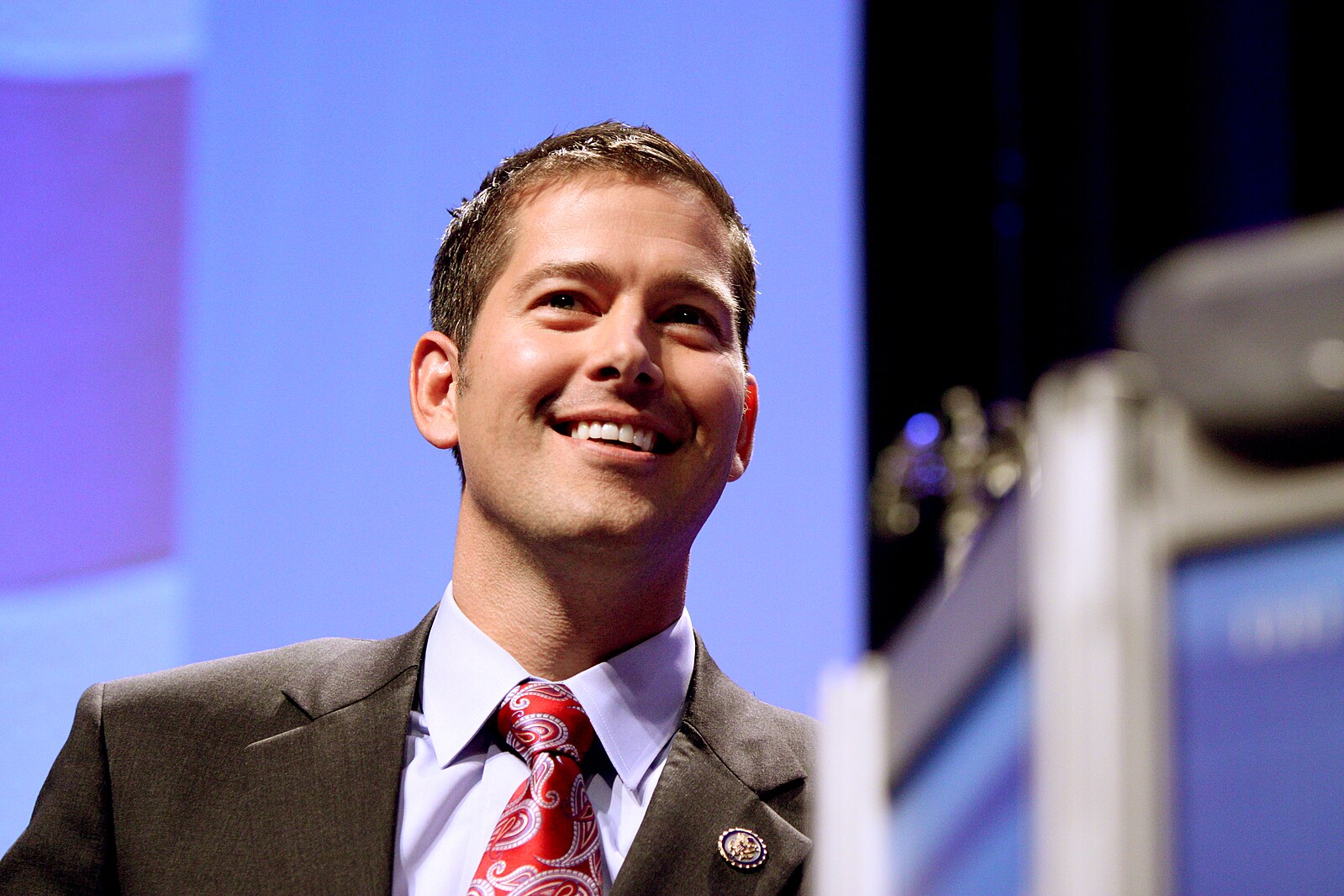Have a story idea
Have a story idea? Send it to us here.

Source : Wikimedia Commons
February 14, 2025
Author : Alex Bustillos
The U.S. Department of Transportation (DOT) is undertaking a sharp turn under the leadership of newly appointed Secretary Sean Duffy.
Since taking office, Secretary Duffy has introduced major policy changes that could significantly impact transportation projects across the country. These changes include a freeze on certain federal funding, a shift in how grants and contracts are awarded, and a reevaluation of vehicle fuel standards.
One of the biggest developments is the potential loss of more than $20 billion in federal funding for ongoing infrastructure projects. This comes as part of a broader effort by the Trump administration to roll back policies related to climate initiatives, diversity and equity programs, and environmental justice. The administration is also pushing for stricter budget oversight and cost-benefit analysis in grant-making, which could alter how projects are prioritized.
Federal courts have already issued orders to block the administration from freezing some funding, but the DOT has continued to halt disbursements for many projects. This has left state and local governments in a state of confusion, unsure whether approved funding will come through. Many projects, such as electric vehicle infrastructure programs and public transit expansions, could be at risk if the administration continues on its current path.
Secretary Duffy has also issued memos directing the DOT to prioritize funding for communities with higher marriage and birth rates. While the exact criteria for this policy remain unclear, the move has raised concerns about fairness and whether it could disadvantage urban areas with lower birth rates. Critics argue that federal transportation funding should be based on infrastructure needs rather than demographic factors.
Additionally, the administration is pushing for more transportation projects to adopt “user-pay” models. This means greater reliance on tolls, congestion pricing, and other fees to fund projects, rather than direct federal support. While some states and private investors may welcome this shift, it could make certain infrastructure projects more expensive for everyday commuters.
Another major policy change involves fuel economy standards for vehicles. The Trump administration has directed the National Highway Traffic Safety Administration (NHTSA) to reassess fuel efficiency rules, with a goal of easing regulations on automakers. The previous administration had set stricter fuel economy targets, aiming for an average of 50.4 miles per gallon by 2031. The new policy could scale back those targets, potentially slowing down the transition to more fuel-efficient and electric vehicles.
Auto manufacturers have already begun adjusting their plans in response. Some companies, like Stellantis and Volkswagen, have reportedly scaled back or delayed their electric vehicle production, anticipating fewer government mandates. The Environmental Protection Agency (EPA) is also expected to review emissions regulations, which could affect states like California that have historically enforced stricter environmental standards.
The changes in DOT policies are happening alongside broader shifts in federal transportation priorities. Programs focused on environmental justice, carbon reduction, and equitable access to transportation are being scaled back or eliminated altogether.
The administration has also issued orders requiring DOT funding recipients to comply with federal immigration enforcement policies and prohibiting vaccine or mask mandates as conditions for receiving federal grants.
State and local governments are closely watching these developments, as they will determine how federal transportation dollars are allocated in the coming years. Some officials have voiced concerns that these changes could disrupt ongoing projects and force local governments to find alternative funding sources. Others see the administration’s approach as a way to reduce federal spending and promote private investment in infrastructure.
Legal challenges to the administration’s funding freezes and policy shifts are already underway. Several states and advocacy groups have filed lawsuits, arguing that the federal government cannot withhold funding that has already been approved by Congress. The outcomes of these cases will have major implications for transportation funding moving forward.
For now, communities across the country are left in a state of uncertainty. With the DOT’s shifting priorities and funding policies in flux, many transportation projects face an uncertain future. Whether these changes will lead to a more efficient use of federal funds or create new obstacles for infrastructure development remains to be seen.
Category : Department of Transportation Federal Government
